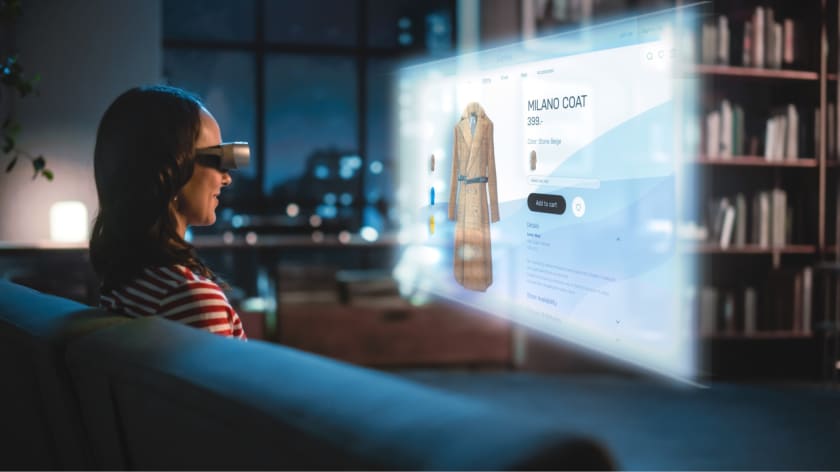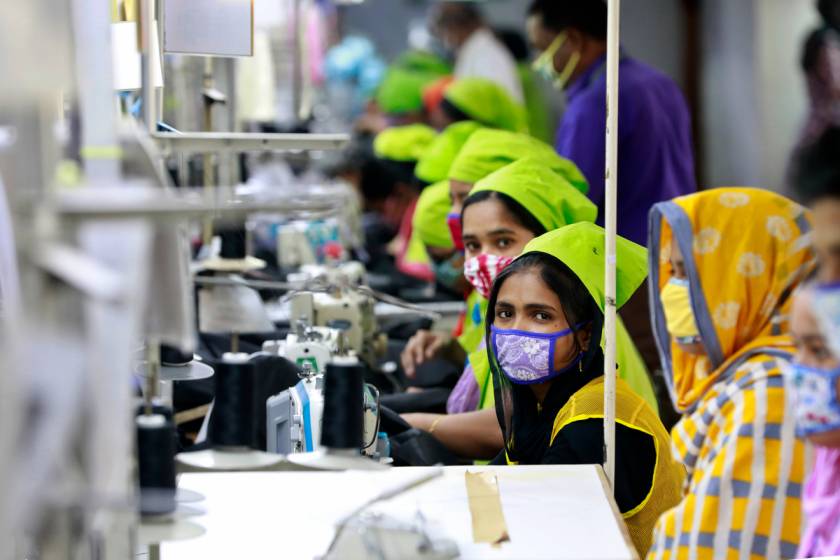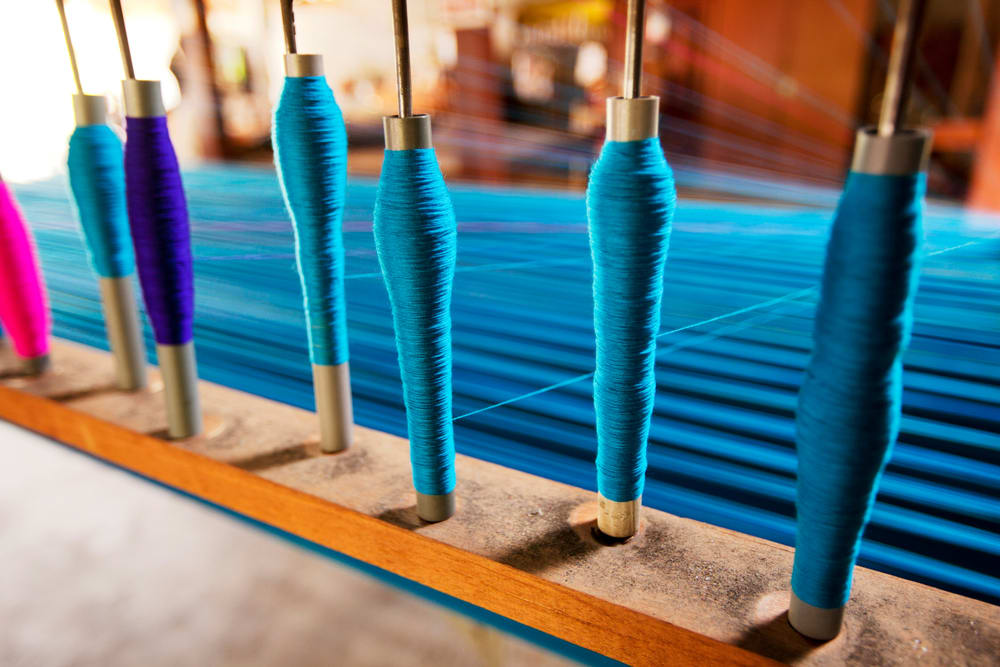A Case Study on Manufacturing Processes for Virtual Garment Sample



The advancement of technology has been a boon for the fashion industry. Not only has technology helped transform the way designers think, but it has also simplified the manufacturing processes for garments to reduce time, wastage, money, and labor. One such technological advancement in fashion is – Virtual Garment Sampling.
Virtual garment sampling is the first step towards a new future of fashion that brings digital clothes to the forefront. Virtual garment sampling is creating a digitized sample of any design before going into the manufacturing process. This process has contributed to making fashion more sustainable by reducing the carbon footprint that traditional sampling processes leave behind.
Virtual sampling was made possible with the invention of the 3D garment simulation technology, which creates digital clothes onto a virtual human model, thus, evaluating and forecasting the look, design, and fit of the garment before it is stitched. Transforming 2D patterns into 3D vectors that stay true to the molding properties of the fabric is the main criterion for visualizing digital clothes on a virtual human figure. At present, there are numerous 3D garment simulation software available in the market. Some examples include Vstitcher (Browzwear), Modaris 3D Fit (Lectra), 3D Runway (Optitex), Vidya (Assyst), Haute Couture 3D (PAD system Technologies Inc.), TUKA3D (Tukatech), CLO (Clo Virtual Fashion Inc.), and 3D CAD Staprim (STAPRIM).
Why Shifting to a Virtual Garment Sampling Process is Profitable for the Fashion Industry?

Fashion is considered to be one of the largest global industries. It is also one of the most profitable. However, the fashion industry can only enjoy the fruits of its profitability if it can maximize the efficacy of its manufacturing and production processes. The current process of product design and development are archaic, requiring countless work hours and consuming vast amounts of material and energy resources at the sampling, assessment, and final production stages.
Shifting to a 3D garment sampling model will reduce the energy, material, and labor resources, enhancing efficiency and reducing production costs. Thus, contributing towards increased profitability. 3D simulation samples will prove to be an appropriate solution for reducing the time for designing and presenting digital clothes at the sampling stage.
A Comparison Between Physical Garment Sampling and Virtual Garment Sampling:
Let’s take this opportunity to compare a real garment sampling process with a virtual garment sampling process and find out how replacing conventional garment sampling with digital clothes sampling in the fashion industry can help in maximizing its profitability on a global front.
| Sample-making process for a real garment | Sample-making process of virtual garment |
| What it requires | |
| Physical garment sampling follows pattern preparation, cutting and sewing, and modeling. | The production of digital clothes samples requires the following steps: Digital preparation, modeling, and dressing. |
| Step 1 | |
| A patternmaker plots the garment pattern on a pattern paper, adding in the seam allowance and cutting the pattern for further use. | A digital copy of the pattern is imported to the 3D simulation software by a designer. |
| Step 2 | |
| The pattern is marked onto the fabric, along with the seam allowances and cuts. The fabric-cutting process is long-drawn, where the fabric is unwrapped first, spread, smoothened, and pinned. The pattern is then set onto the fabric, making sure to waste as little fabric as possible. Once the pattern is plotted, the pieces are scissored off, notched, and finished by adding the names and interfacing. | A virtual sample of the fabric is created, making sure to add in all the fabric properties to keep the virtual fabric model as close to the true fabric form as possible. |
| Step 3 | |
| The third step of the physical sampling process involves the sewing of the bodice pattern pieces, securing the edges through overlocking, and ironing the finished sample to straighten out the completed seams. | In the third step of a virtual sampling process, the pattern pieces of the front, back, sides, and sleeves are placed into a 2D pattern window, along with the model shadow. |
| Step 4 | |
| The next step is the modeling process. In the modeling process, the extra parts of the garment, like the collar, sleeves, cuffs, scarves, etc., are created and combined with the bodice. | Preparing is the next step in a virtual garment sample. The preparation stage for a digital clothes sample combines the steps of marking and cutting the fabric by keeping it within the lines of file sharing and fabric properties. |
| Step 5 | |
| The final physical sample piece is ironed, measured, and compared with the initial design to see if it has been created according to the visualization. | Digital clothes cannot be completed unless fitted onto a digital human model. So, the pieces of the garment are placed on a virtual human body on the 3D screen. |
As you can see from the above steps, the manufacturing process of a real garment sample requires more time and labor. It requires a designer, patternmaker, a cutter, a tailor, an ironing expert, and a quality auditor to create the final sample. Apart from this, the process also requires heavy machinery like sewing machines, overlock machines, buttonhole machines, iron, and cutting machines. Workers spend more time moving the sample pieces from one place to another than the actual process.

In the manufacturing process of a virtual garment sample, a designer who maintains knowledge of the software is all that is needed. All the steps of the process can be completed while sitting in front of a computer system that contains the 3D garment simulation software, and the final sample takes much less time to be completed.
Conclusion
The above comparison is a sure-shot way to prove the advantages of adopting a virtual garment manufacturing system. It establishes that digital clothes sampling is the way ahead if the fashion industry wants to make a global impact and reap the fruits of its profit.
In need of apparel samples by manufacturers? Contact Fashinza for a quick and smooth supply chain process. Take care of the other aspects of your business while we take over the complete process from design to delivery.



















